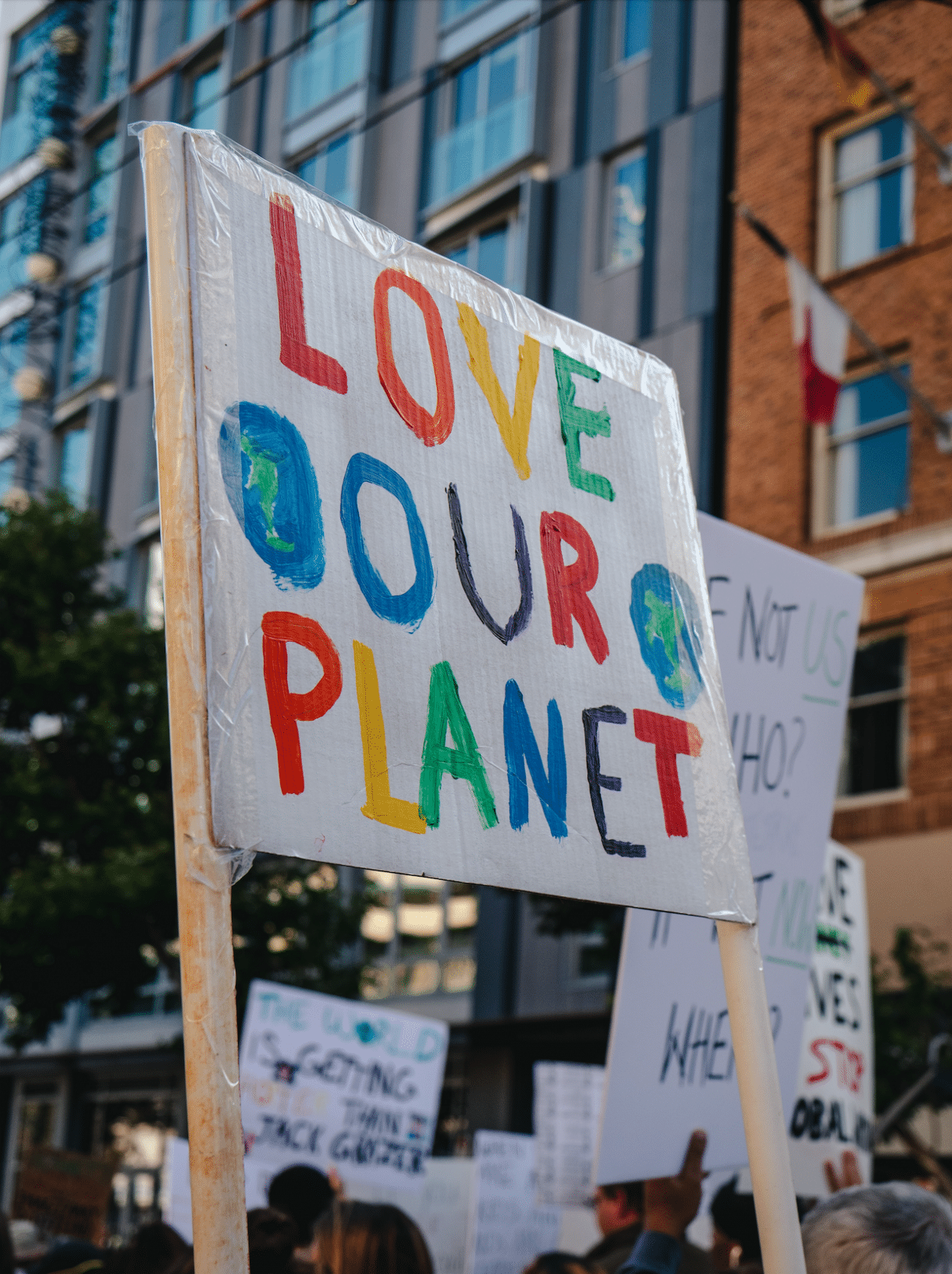
Carbon Offsetting: Is it enough?
It’s been a year since we published ‘The beginner’s guide to carbon offsetting flights’. Here at Discoveny, we’ve had a lot to think about. Is carbon offsetting our travel and lifestyle emissions actually enough to slow down climate change? What more can we do to save the planet we live on?
What is Carbon Offsetting?
Carbon offsetting has become a wildly popular but controversial way to fight climate change.
It’s a way of paying to cancel out the impact of our carbon emissions. Individuals or businesses can financially contribute towards environmental or societal projects that reduce emissions or absorb CO2, such as planting trees or delivering energy-efficient cooking stoves to communities in developing countries.
Sounds great, right?
For a long time, I wanted to believe that offsetting our emissions is one of the many answers to reducing the volumes of greenhouse gases in our atmosphere. On the surface, it seems like an easy and relatively inexpensive way to live a carbon-neutral lifestyle.
But sadly, the way out of the climate emergency is just not that simple.
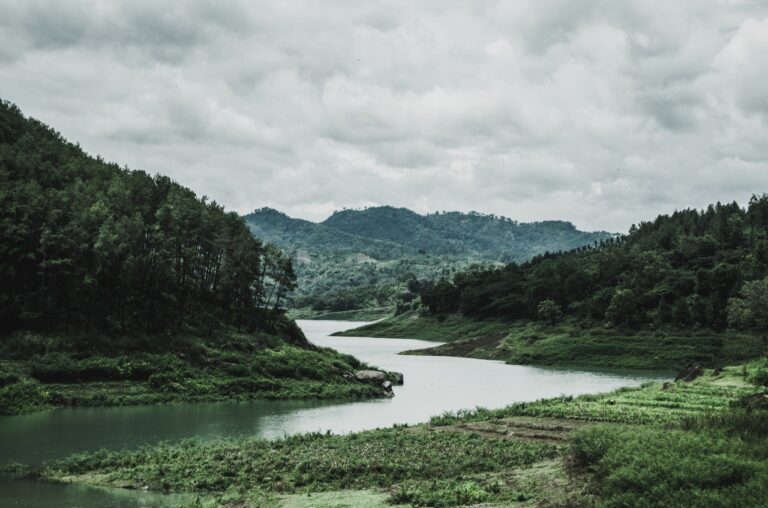
Carbon offsetting doesn’t always do what it promises
‘The biggest problem with carbon offsetting is that it doesn’t really work’ – Greenpeace 2020
Planting trees, investing in renewables and increasing energy efficiency for poorer communities are all good things. But offsetting projects don’t always do what they say on the tin. They aren’t guaranteed to cancel out the carbon emissions entering the atmosphere.
And there’s no guarantee that the trees planted will survive. Changes in the climate are leading to increased flooding, droughts, and forest fires. When trees and plants are destroyed, most of the carbon they have retained returns to the atmosphere. It hasn’t been offset, just temporarily stored.
For many carbon offset schemes to be viable, companies and individuals would have to plant and protect forests for decades to offset just a fraction of their emissions.
Research and implementation of renewable and energy-efficient strategies are vital. Planting trees to absorb carbon from the atmosphere is a great initiative. But these alone are not enough. We should be doing this in addition to curbing emissions and preserving forests and biodiversity that already exist.
Carbon offsetting puts the blame on the consumer
Offsets as a form of greenwashing are also used by many companies that rely on fossil fuels. Calculating your personal carbon footprint was introduced by oil giant, BP, as a manipulative PR stunt to shift the blame away from their business and onto you, the consumer.
Other companies have followed. Heathrow Airport promotes carbon offsetting for passengers yet is pushing ahead with plans to build a third runway despite this being ruled as unlawful on environmental grounds. Airlines such as EasyJet run offset services whilst encouraging customers to bounce between cities on short-haul flights, instead of using more sustainable methods of transport.
Just 100 companies are responsible for 71% of global carbon emissions. But many are using offsets to greenwash you or shift the blame away from their company.
Carbon offsetting and climate justice
Since climate change is a global problem, it doesn’t matter where emissions are reduced. Carbon dioxide has the same impact on the climate no matter where it is emitted or offset. Therefore it makes sense to implement offsetting projects in countries where it’s cheaper and easier to do so.
It’s cheaper to set up offsetting projects in the Global South. Money just goes further there. This leads to climate colonialism.
Some offsetting projects may come at the cost of Indigenous People’s rights or may use land that would be better suited for community use. Communities are displaced and their land seized to fulfil climate goals.
Although carbon offset schemes mean well, they don’t always translate to doing good when carried out.

Carbon offsetting can’t replace cutting emissions
Carbon offsetting can be used by businesses and individuals as a way of waiving responsibility for their unsustainable behaviour. It’s a guilt-free pass to keep emitting CO2 without taking real action.
Individuals can use offsets to validate their unsustainable travel habits; frequent travel; short-haul flights; and cruise-ship holidays. Companies can purchase offsets to avoid the need to implement long-term changes, which can be costly.
We can’t buy our way out of the climate crisis. Carbon offsets aren’t a ‘get out of jail free’ card. Offsetting alone will not reduce global emissions enough to avoid the temperature increases predicted to cause catastrophic events.
Meeting climate change targets will eventually require decarbonising completely. It will require a complete overhaul of businesses and lifestyles across the world.
What's the solution?
At the core, good quality offsetting projects are beneficial. Providing more efficient infrastructure to communities in poorer countries can free up time for work or education. Planting trees can provide necessary wildlife habitats and sustain biodiversity.
But ClimateCare, a popular offsetting company, admit that carbon offsetting alone is not a silver bullet for tackling climate change. Individuals and businesses need to strive to cut their carbon footprint by changing their businesses, habits and lifestyles.
Offsetting isn’t the solution, but it’s an essential part of our journey to reach NetZero.
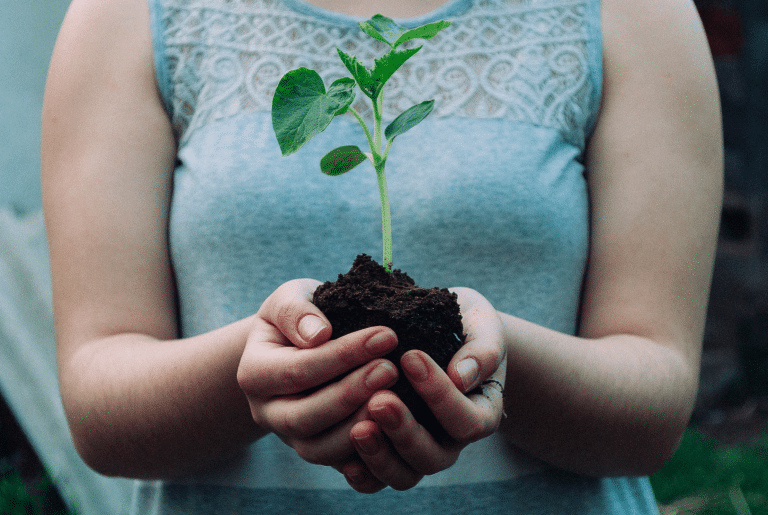
What can you do?
Climate change can be overwhelming and it often feels like individual contributions don’t make an impact. While real solutions will require action on a global scale, there’s so much you can do to lessen your personal impact on the environment.
1. Consider how often you travel
I get it, you wouldn’t be reading this if you didn’t like to travel. But have you considered how you travel and how often?
Carbon dioxide emissions from transport are the top source of greenhouse gases and flights are responsible for 5% of global emissions.
Reducing the number of flights you take can shrink your carbon footprint significantly. Perhaps consider taking the train to your next destination, particularly if it’s on the same continent. Or embrace slow travel, a mindful way of travelling that can lower your emissions and help to combat the issues of over-tourism.
I’m not saying you have to stop flying completely. But reducing the number of flights you take and offsetting those that you do will have a hugely positive impact!
2. Eat fewer animal products
It’s science. Eating fewer animal products is a better choice for the environment.
Animal farming uses a lot of land and water. Meat and dairy account for 18% of calories consumed globally, yet 83% of agricultural land is used for animal farming. This produces 60% of all emissions from food.
I’m not telling you to go vegetarian or vegan overnight and I won’t shame you for your dietary choices. But if you can eliminate, reduce, or swap carbon-intensive food for alternatives you’ll be making a huge difference.
Although most greenhouse gas emissions happen during production rather than transportation, eating local and seasonal food can still make a difference. If you can’t bear to give up animal products, try sourcing them locally. Fewer food miles equals fewer emissions.
3. Waste less food
This is a big one. As a planet, we waste 3.5 million tonnes of food every single day. That’s over 3,000,000,000 kilograms daily – equivalent to the weight of almost 32’000 blue whales.
It’s easy to waste less, just be more mindful! Only buy what you need and will eat.
When travelling, I often fall into the trap of my eyes being bigger than my stomach. Trying new food is just so much fun! But remember, you can always order more if you’re still hungry. And you can also ask for any leftovers to be packaged up for the next day, saving you money and helping to fight food waste.
4. Be an outfit repeater
With so many things to worry about (climate change, plastic pollution, deforestation, biodiversity loss) the fashion industry is not necessarily at the top of people’s minds. But clothing worth £12.5bn is thrown away each year in the UK alone. The clothing industry accounts for 10% of greenhouse gas emissions from human activity.
I’ve seen clothing tossed out in hostels across the world. Perhaps they were bought just for that trip. Maybe their former owner went on a shopping spree and couldn’t squeeze in those t-shirts among all the souvenirs. Or possibly it just wasn’t love anymore.
The average garment is worn just 10 times before it’s thrown away. There is zero shame in being an outfit repeater. The clothes you already own are the most sustainable option, so think before you buy!
If you’re desperate for ‘new’, why not try swapping clothes with a friend. Try second-hand. Buy less, but buy better quality. Invest in solid basics that will look good and last a lifetime.
5. Shout about it
JIf we want long, lasting change, we’re going to have to shout about it, and shout loud.
Write articles. Share posts on Instagram and Facebook. Talk to the people in your life. Sign petitions. Go to protests if you can. Be a part of the solution.
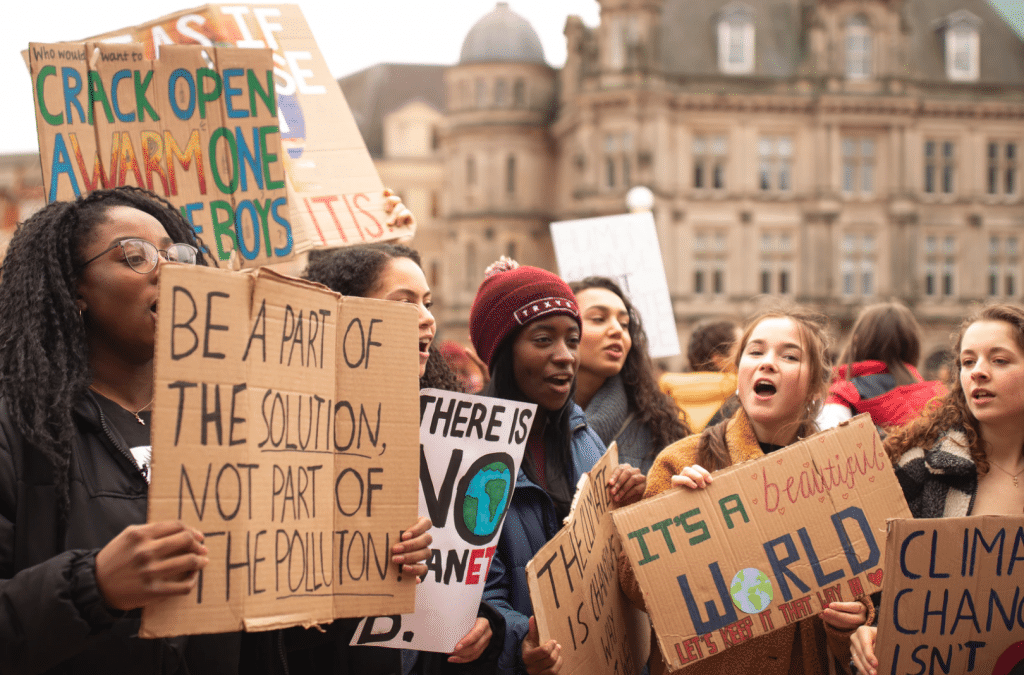
There’s still time to curb our collective emissions and save our planet. Offsetting our travel emissions is a great place to start. But it’s just one of many things that we need to do to make lasting change and slow the climate crisis.
It’s a beautiful world, let’s keep it that way.
Disclaimer: The information and advice provided in this blog are the author’s opinions and based on their personal experiences. All information was accurate at the time of writing. However, things can change quickly, so always double-check current conditions and guidelines before setting out. Remember, your travels and safety are your own responsibility, and this blog can not be held responsible for anything that might happen on your adventures! Always exercise caution and good judgment. Oh, and don’t forget to get travel insurance! Happy travels!
This post may contain affiliate links (yay for transparency!) This means that I will earn a small commission, at no additional cost to you, if you click the link and choose to buy the product. I only link to stuff I have personally bought and found useful and never endorse crap. Your support helps keep the site going, thank you!
Alice
Alice is a UK travel blogger who advocates sustainable travel and being more eco-conscious on a budget. She loves coffee, her houseplants and summiting mountains.
You May Also Like

The Beginner’s Guide to Carbon Offsetting Flights
March 16, 2023
Is swimming with whale sharks ethical in Mexico?
December 9, 2023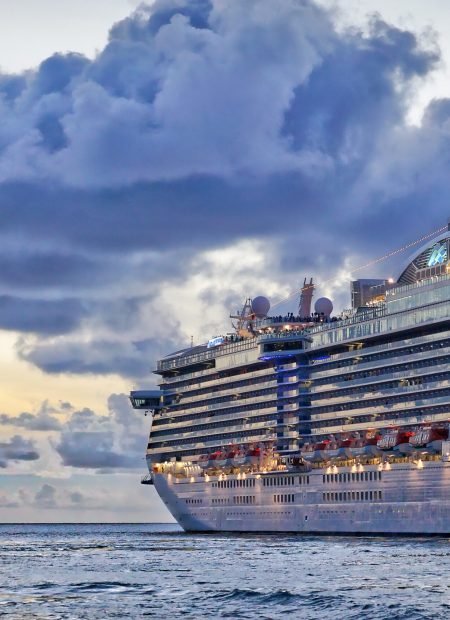
One Comment
Gapbeetle
Really interesting article. Made us think.